The Sony Xperia Z is a very powerful Android smartphone, and is pretty much on the same level as the HTC Butterfly in terms of performance. But, the fact that the Xperia Z is slightly taller and wider than the HTC Butterfly may not be ideal for quite a few users. It packs a fairly good display, and the redone UI is neat. Clearly, Sony is making a big push in the Android smartphone market, and the motivation seems to be in place. This phone is a big improvement over all Xperia phones we saw in 2012. While it may not be the one to taken Sony to the coveted top spot among the Android smartphones, it is a step in the right direction. With the Sony Xperia Z priced at Rs. 38,990, the HTC Butterfly seems expensive, and offering no major performance benefits. The Xperia Z therefore seems like a better deal.
Build & Design
The slab design of the Xperia Z catches the attention almost instantly. Gone are the rounded edges and the slightly curved back cover we had seen on various 2012 Xperia smartphones, in different degrees. This is more like a bar of milk chocolate! For a five-inch phone, the edges and the straight lines give it an imposing persona.
On the front, the 5-inch display sits beneath what Sony calls a shatter proof and scratch resistant glass, giving it a very shiny look. The same glass is also on the back, which adds some serious shine to the phone. Equally, we found that the glass on the back caught a lot of scratches very quickly and very easily, something that may not sit well with a lot of users.
 |
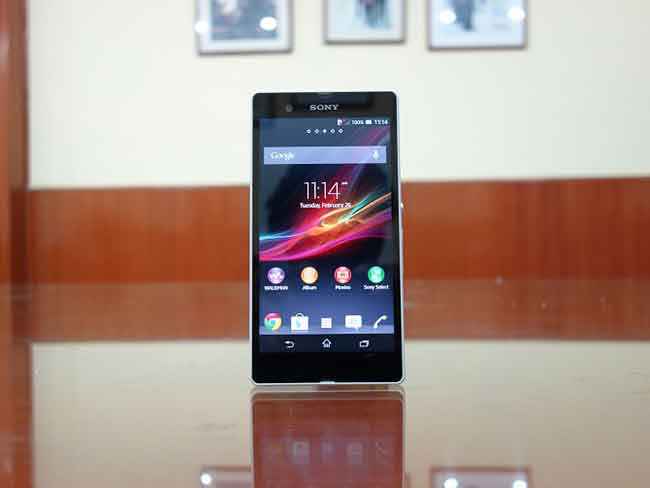 |
Coming back to the front, you must have noticed that there are no traditionally seen touch sensitive keys below the display. That is because these keys have been integrated within the on-screen UI. The left side spine has the micro SD card slot and the USB port. The top has the 3.5mm headphone jack. The right spine is where the SIM card slot sits. All these connectors and slots are given their own separate covers. This is why the Xperia Z has the IP57 water resistance rating.
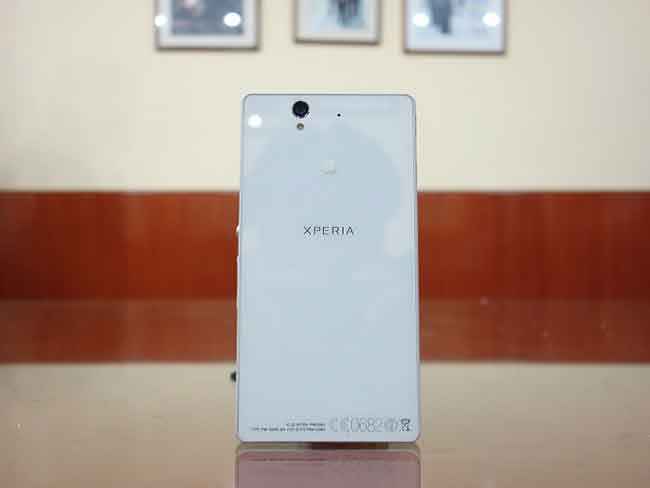 |
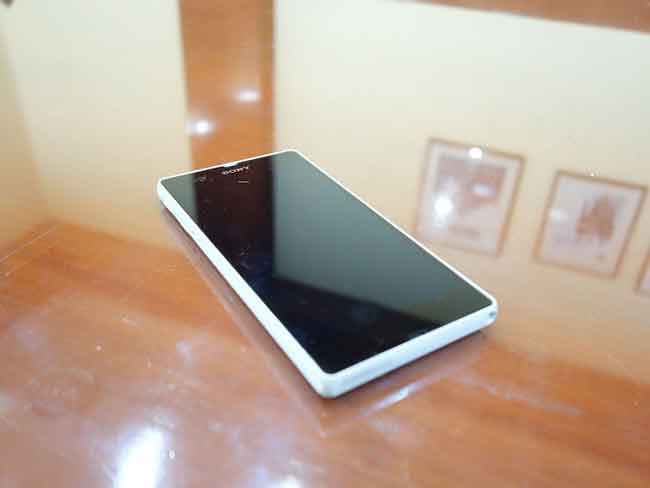 |
The power key sits on the middle of the right side spine, something that will be useful for single hand operation of the phone. Traditional placement at the top would have meant mandatory use of the second hand to lock or unlock the display. Along with the power key sits the volume rocker.
 |
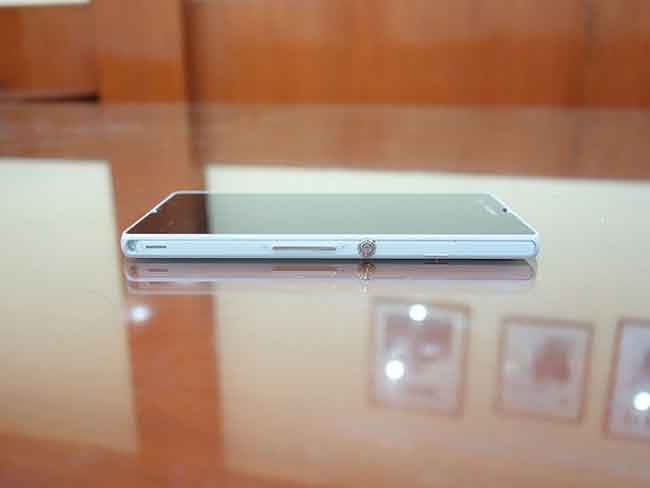 |
All in all, the Xperia Z is built well. The size of it may not be comfortable for everyone to use, and the HTC Butterfly, despite having the same display size, felt slightly more compact in the hand because of the curved edges.
Features & Specifications
The 5-inch display on the Xperia Z is what Sony calls the “Reality Display”, and boasts of 443ppi. The HTC Butterfly’s SLCD-3 display has the same resolution, but falls slightly short at 441ppi. In terms of real world usage, the Xperia Z’s display is rather good. It is vivid, and brightness levels are fairly adequate. It is slightly reflective, but we are happy to see that Sony has implemented the automatic brightness setting in the Xperia Z, something that was missing in most of the high end Xperia phones from last year. Where the Butterfly’s display has an advantage is in terms of text crispness, and readability of the written word on the display.
Better late than never, and that is the perfect way to describe Sony’s journey to the doorstep of a quad-core phone. It took them some time, but they are here in style. The 1.5GHz Qualcomm Snapdragon S4 Pro processor onboard the Xperia Z is the same quad-core chip as seen on the HTC Butterfly and the LG Optimus G. There is 2GB of RAM to help it along. The Butterfly, with this power package, is at the moment, the fastest Android smartphone to have been officially launched in India.
 |
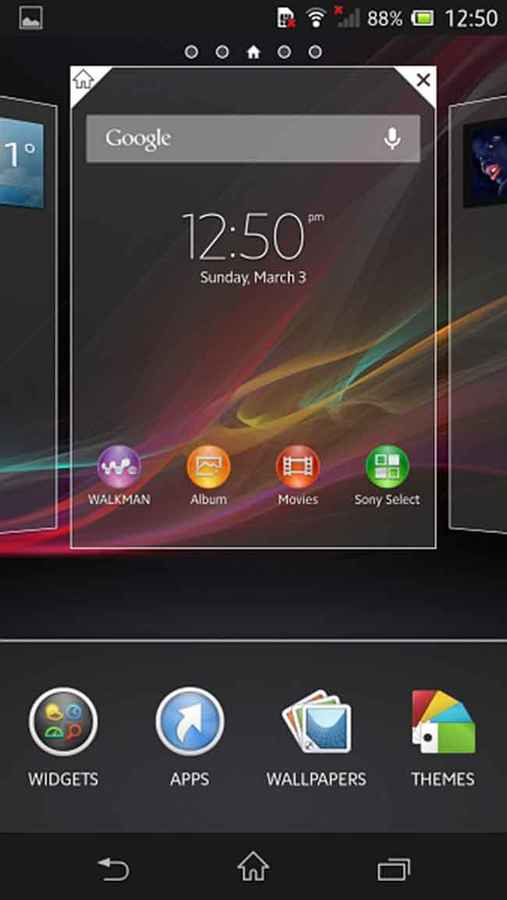 |
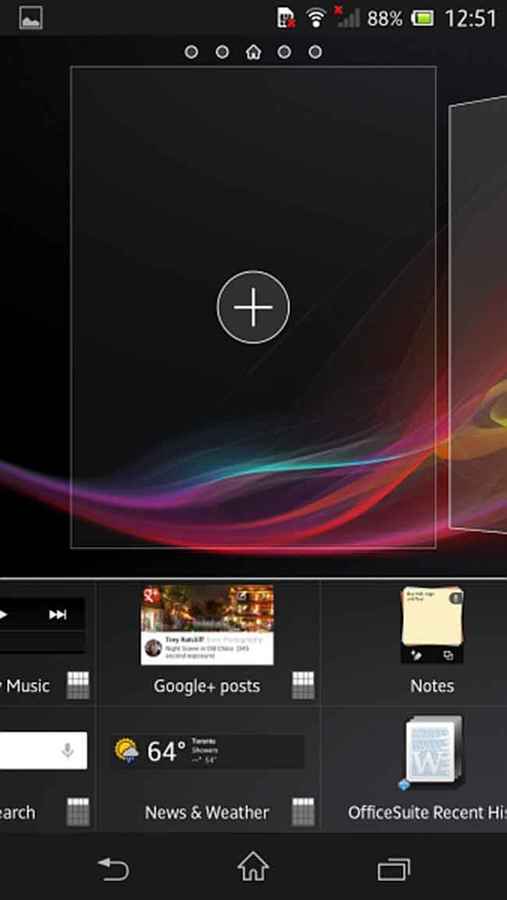 |
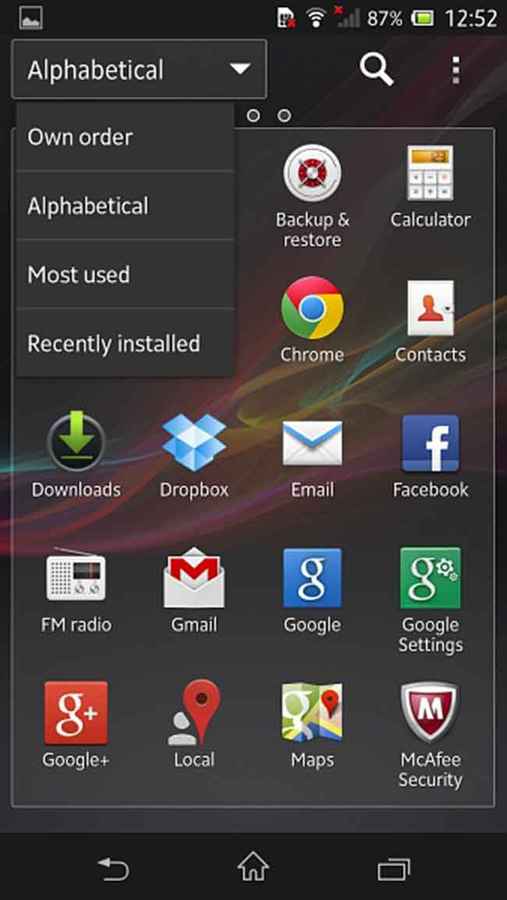 |
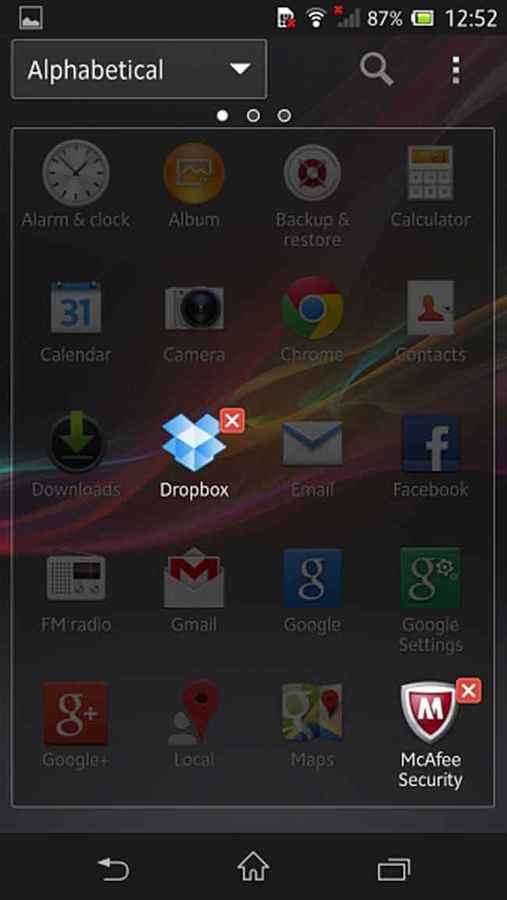 |
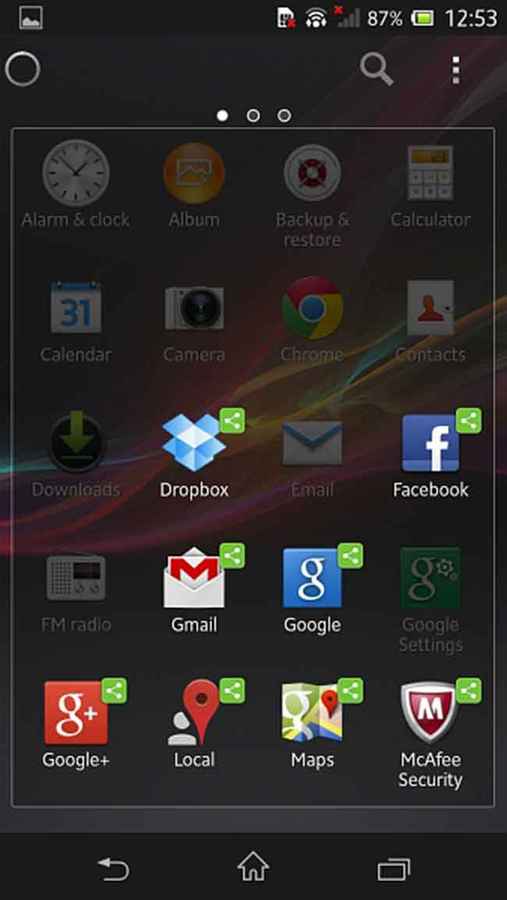 |
The Xperia Z comes with Android 4.1.2 on board, and Sony says that the 4.2 update will roll out soon. This is slightly disappointing, considering the price you pay for this phone, and expecting the very latest OS build is surely not asking for too much. The redesigned UI is rather neat though. The boxy design of the previous generation has given way to one that has rounded icons, at least for most of Sony’s own apps. A new range of wallpapers and themes is welcome, but the widget range still is not up to the variety offered by HTC with the Sense UI on the Butterfly. The swipe up to unlock gesture on the lock screen is reminiscent of running your fingers through a window blind! Quick access to the camera from the lock screen, but it is a tad weird that most settings are unavailable in the camera when accessed from the lock screen.
 |
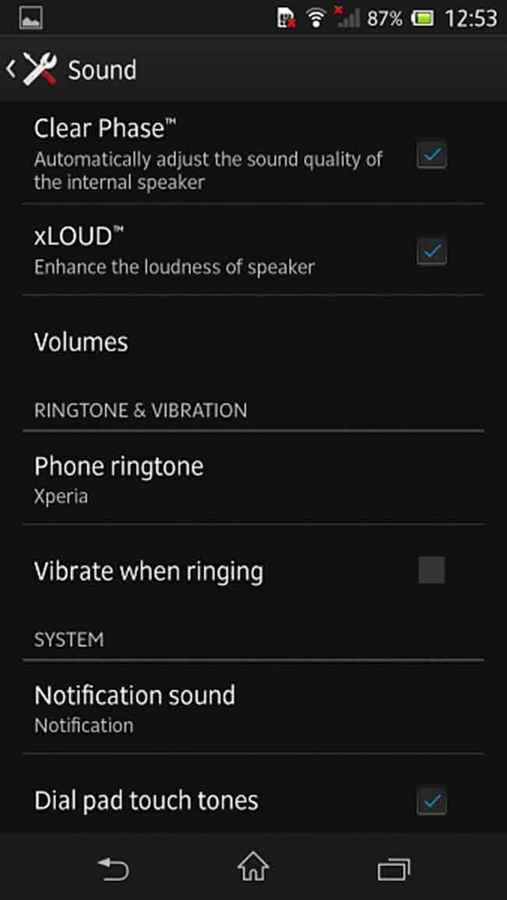 |
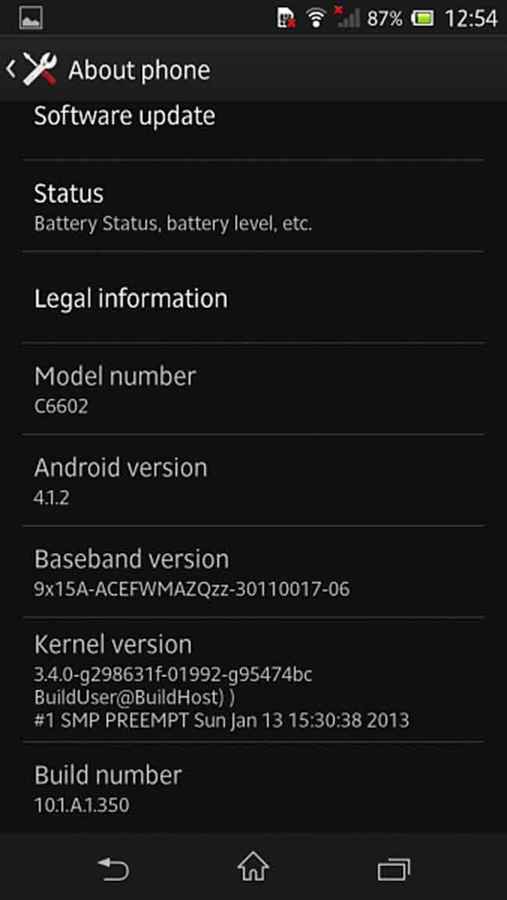 |
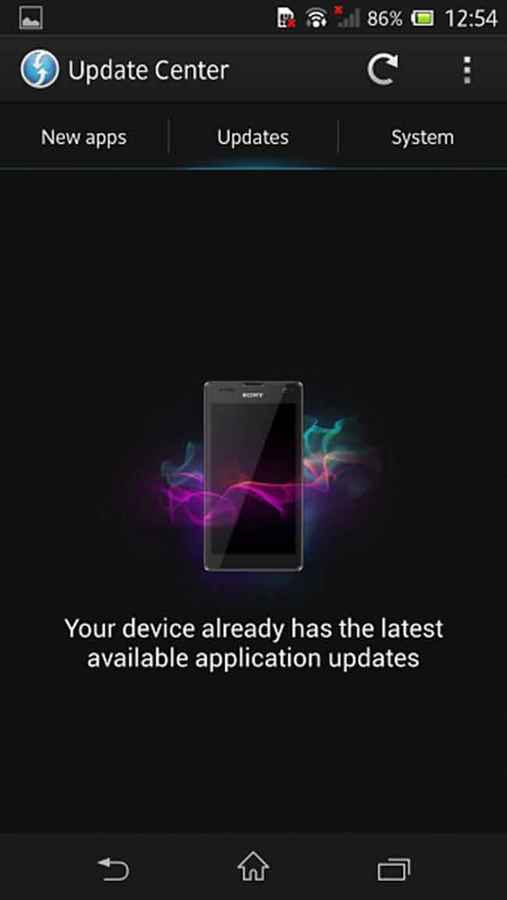 |
 |
 |
Video Review
To get a better idea of how the phone stands up in the real world, do check out our video review of the Sony Xperia Z. What you will get to see is an explanation of the build quality and design, the display in action as well as the new UI that Sony has wrapped around the Android OS.
Performance
Straightaway, there was a bit of chaos as the Xperia Z beat the HTC Butterfly in the very first benchmark test that we ran. While the Butterfly scored 7744 in the Quadrant test, the Xperia Z scored 7863. If that is not a verification of the power package and the blazing fast potential system performance, nothing will ever be. The HTC clawed its own back in the AnTuTu test, where it scored 20905, while the Xperia Z clocked 18426. The Smartbench 2012 test again carries forward the same jostling for the top spot – 4659 for the Butterfly and 4882 for the Xperia Z. But, these tests do clearly indicate that the performance of the Xperia Z is not to be taken lightly. Even in a typical real world usage scenario, we did not find it becoming sluggish or slowing down under app load or while opening a game. Having said that, it is interesting to note that swiping in the app drawer was slightly quicker and smoother was quicker on the Butterfly than on the Xperia Z, if only very slightly.
The Xperia Z has the Adreno 320 graphics – same specs again, as the HTC Butterfly. The benchmark test scores are on the same level throughout. The Butterfly scored 59.1FPs in the NenaMark2 test, while the Xperia Z went ahead and clocked 59.9FPs in the same test. Yet again, the even-ness in performance was verified in the next test – the GL Benchmark test. The Xperia Z scored 6427 frames, while the Butterfly this time took the lead by clocking 6528 – a negligible difference in performance. Needless to say, neither will even remotely feel the load of whatever game you can download from the Play Store and throw at the hardware.
The 13.1MP camera on the Xperia Z is pretty much worth all the hype, particularly when it comes to performance in low light. Unlike the Nokia Lumia 920, which tends to “illuminate” objects in low light with an unnatural glow, the Xperia Z’s camera makes low light shots bright, and even, without looking even remotely unnatural. Looking at some shots, you may not believe that these were taken in low light, and that is a testament to the performance of this camera. In daytime and good lighting conditions, the colour richness is adequate and the amount of detail is acceptable. When you really blow up these shots, you can see the camera’s noise reduction algorithms in action, making the details look slightly soft. There is more edge noise amidst all that, visible when compared to a shot from the iPhone 5 or even the BlackBerry Z10. Not sure how many people will actually do that, and for the vast majority who won’t, this is a very good camera.
We have more shots and a side by side comparison with the Apple iPhone 5 in the camera comparison feature. What we can say with certainty at the moment is this camera is a huge improvement over the 2012 range of Xperia phones. There is the usual bunch of options are present – image and video stabilization, panorama mode and HDR mode. Sony has added the Superior Auto mode, which is pretty much a slightly simpler version of the standard Auto mode. HDR is also available during video recording and panorama shots, with the results varying from shot to shot – brilliant to a tad unreal, depending on what we were trying to capture via the clicker. If the camera is an important criterion in your pursuit of a 5-inch display phone, then the Xperia Z is definitely a better deal than the HTC Butterfly.
Battery life offered by this 2330mAh battery is fairly adequate to get you through a day at work. We used this as a primary phone, and from 100% charge at 7am, we needed to plug this back in at around 9pm, at which point, the battery usually was around 10-12%. This was with brightness pegged at 20% indoors, and auto brightness taking care of the outdoors. You can use the Stamina Mode, which by default, turns off data when the display goes off. Not very useful though, during the day, but you can tweak the Stamina Mode to eke out a bit more from the battery.
Bottom Line
The Sony Xperia Z does not disappoint at all in terms of performance. It is, without doubt, one of the better high-end Android phones in India today. But, in the hand, it feels a tad bigger than the HTC Butterfly – the few extra mm in width and height make all the difference. The slab design with no curves adds to that aspect. Those who prefer an edgy design would appreciate this, though. If you are comfortable with the footprint of the Xperia Z, then the rest of the package is impressive. This phone may not be able to take Sony ahead of the likes of the HTC Butterfly in terms of desirability, and we do not know how it will fare against the likes of the upcoming Galaxy S4, but this phone surely holds Sony in good stead for the rest of this year.
With the Sony Xperia Z priced at Rs. 38,990, the HTC Butterfly seems expensive, and offering no major performance benefits. The Xperia Z therefore seems like a better deal.

-small.jpg)
-small.jpg)
-small.jpg)